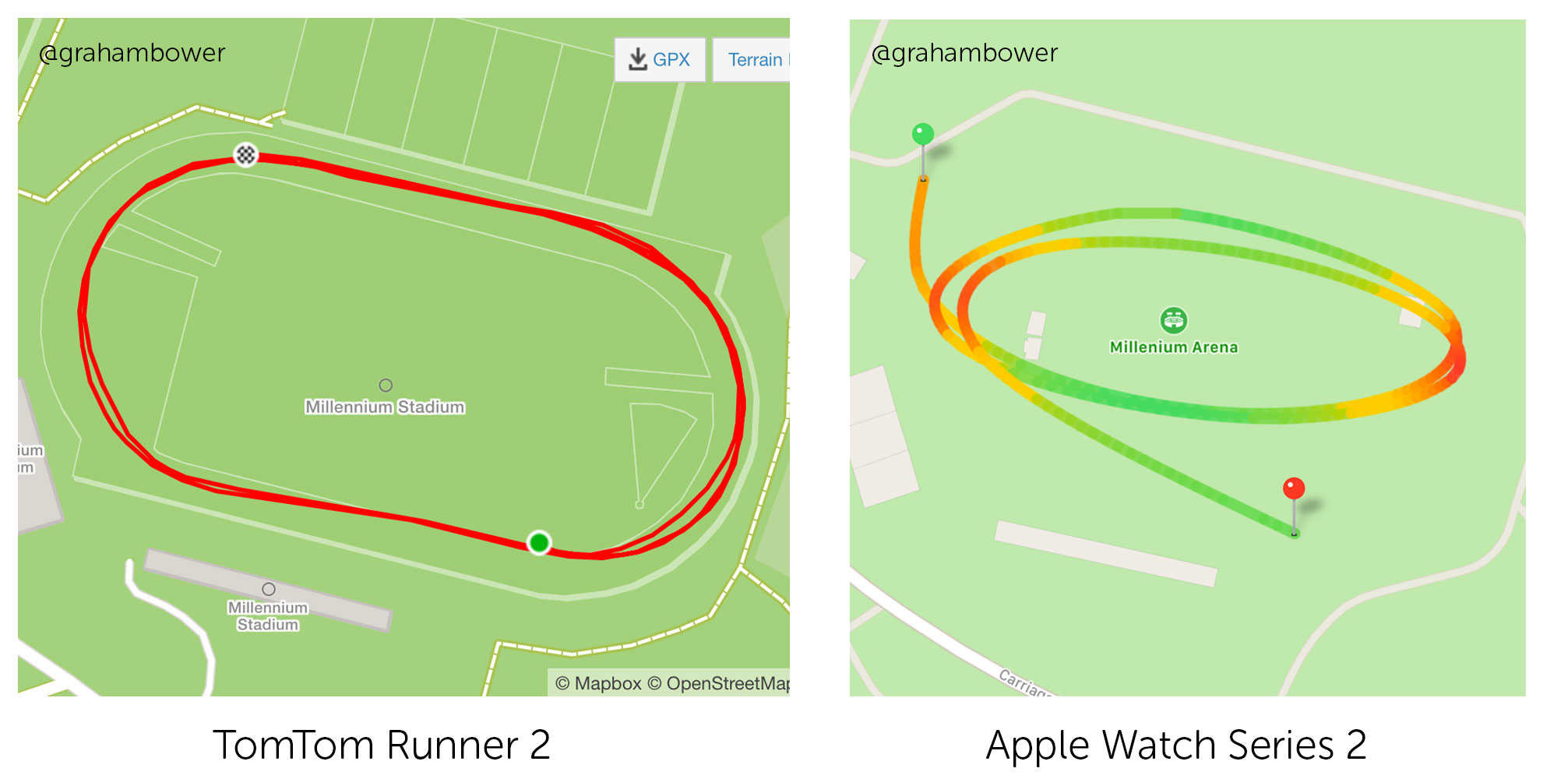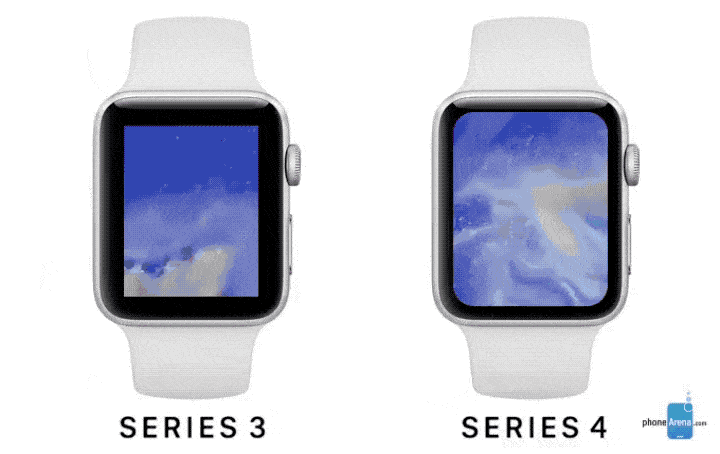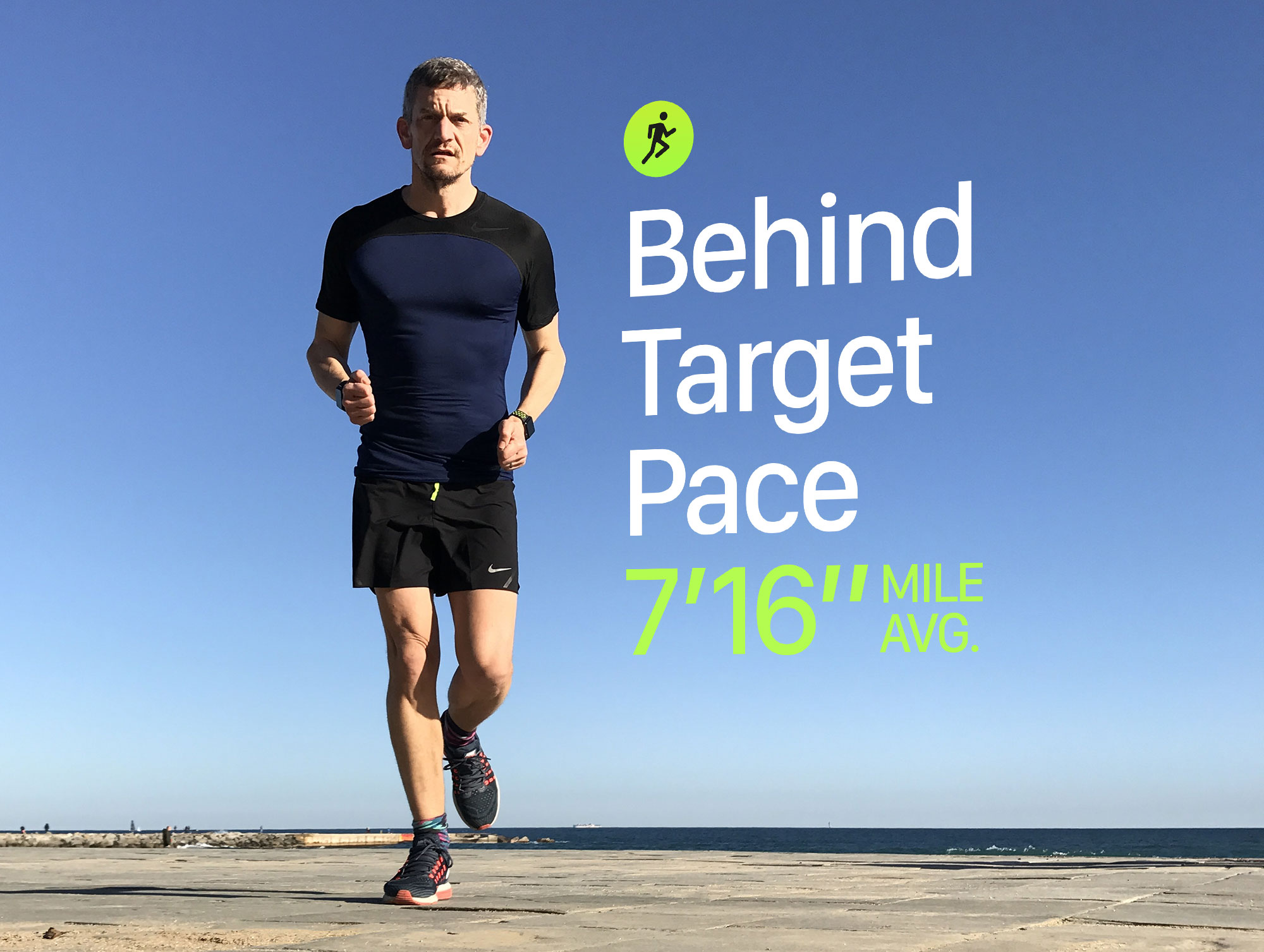Apple took the wraps off watchOS 5 last week at WWDC, revealing loads of new features that we can look forward to this fall. Among them were some big improvements for runners: Cadence, Rolling Mile Pace and Custom Pace Alerts.
What I find most exciting about these new features is that I think they hint at a much-needed hardware upgrade coming in Apple Watch Series 4, which is expected to debut this fall. Here’s why.
Can Apple Watch keep up the pace?
Cadence is a useful metric for serious runners looking to improve their running efficiency. But it was the other two features — Rolling Mile Pace and Custom Pace Alerts — that really caught my attention.
Rolling Mile Pace tells you how fast you ran the immediately preceding mile, while Custom Pace Alerts warn you when you are going faster or slower than your target pace.
Both these features are based on measuring your pace during your run, which I find surprising, because that is something the Apple Watch’s current hardware is not very good at.
Why pace is Apple Watch’s Achilles’ heel
Apple Watch has always been able to measure the pace and distance of a workout. The original “Series 0” model used your iPhone’s GPS to measure how far and fast you ran. But since it did not have built-in GPS, if you left your phone behind, the Series 0 relied instead on the Apple Watch’s accelerometer and some mathematical wizardry. As a result, it did not prove very accurate.
The Series 2 & 3 models, which come with GPS as standard, brought a big improvement. You can take these watches for a run without your iPhone, and the overall distance recorded will remain very accurate. But when it comes to estimating your current pace during a run, Apple Watch still is not very reliable. I have found it jumps around unexpectedly during a run, and does not seem very responsive when I speed up or slow down.
Strava, the popular cycling and running app, doesn’t even include current pace on its Apple Watch app. A Strava rep told me last year that “the GPS data from the Watch didn’t allow for a meaningful pace.” Instead, Strava just gives you a Split Average Pace, which is your average pace for the past mile.
Current pace vs. average pace: Let’s split the difference
Interestingly, Strava’s, Split Average Pace is exactly the same thing as Apple’s new Rolling Mile Pace metric. It is useful substitute metric to compensate for the lack of an accurate Current Pace reading.
Why? Because in order to provide a runner with her Current Pace, the watch must take frequent and accurate real-time sensor readings of how fast she is going at any given moment. Whereas Rolling Mile Pace allows the watch to calculate an average of hundreds of sensor readings taken over several minutes. Small variances in individual readings disappear when averaged out using that larger data set. But this increase in accuracy comes at the expense of responsiveness.
Why would you want to make such a tradeoff? Perhaps because of limitations with the current hardware. I found that the GPS readings (or “samples,” to use the technical term) I get from Apple Watch are less frequent and less accurate than in other watches I have tested. And I suspect this is the reason why the current crop of Apple Watches struggles so much with pace.
The problem with GPS in Apple Watch
Last year, I put my Apple Watch Series 2 to the test to compare its accuracy with a TomTom Runner 2 (my previous running watch). To make it a fair fight, I used a 400-meter outdoor running track, so I knew precisely what distance I was running. I did a series of 1 kilometer test runs (2.5 laps), wearing one watch on each wrist, and the results I got were surprising.
The GPS mapping that I got from Apple Watch was abysmal while the TomTom gave me a highly accurate map (see below). However, when I checked the distances reported at the end of each 1 kilometer run, I found that Apple Watch was consistently more accurate — despite the terrible maps.

Photo: Graham Bower/Cult of Mac
I puzzled for a long time over how that could be. But I think now I have finally worked out the reason.
A GPS sample is a location, measured in coordinates of latitude and longitude, showing where you were at a specific moment during your workout. In other words, a sample is like a dot on a map. With enough samples, you can join the dots to plot the workout route. The accuracy of the map is dependent on the accuracy of those samples.
Testing Apple Watch GPS accuracy
To find out how accurate the GPS samples from Apple Watch were, I used the Nike+ Run Club website, because it does not appear to do any additional processing. That means you can see precisely where and when each sample was taken. (see tweet below)
Finally got my hands on an #AppleWatchSeries3. Disappointed to discover the GPS still sucks. I made this animation to show just how bad it is pic.twitter.com/aPgLKnQmOb
— Graham Bower (@grahambower) January 12, 2018
I uploaded workouts from three different watches, and found the frequency of samples varied considerably:
- TomTom Runner: every second
- Garmin Fenix 5: every 3 seconds
- Apple Watch Series 3: every 4 seconds
In other words, every second during my workout, my TomTom was plotting a point on the map. Whereas Apple Watch only plotted a point on the map every four seconds. So my TomTom collected four times as much route data. No wonder the maps look more accurate.
But there is more. If you look at the location of the samples from Apple Watch in the tweet above, they appear far more scattered than with the TomTom’s more linear readings. That suggests to me that the TomTom not only gathers a greater quantity of samples, but that those samples are also more accurate.
Which begs the question: If the GPS in Apple Watch is less accurate than my TomTom, why are its distance estimates better? I think this has to do with the Apple mathematical wizardry that I mentioned earlier.
Apple’s software geniuses make up for hardware limitations
Remember that Apple Watch was able to estimate workout distance before it even had GPS. Then, it relied on just the accelerometer to pick up on things like your cadence and changes in momentum. It was not very accurate, but it was still pretty remarkable that it worked at all, when you consider how little data it had to go on.
Apple has been developing this kind of system for a very long time. Even before Apple Watch, the Nike+iPod Sport Kit used an accelerometer embedded in the sole of Nike running shoes to do a pretty good job of estimating running stats.
I suspect Apple Watch still uses this system, but now in combination with GPS samples, to estimate your distance. The Apple Watch’s GPS samples by themselves are not the most accurate. But when combined with the accelerometer number crunching, it’s enough to deliver excellent accuracy for overall distance.
‘Additional processing’ — Apple’s special sauce
Apple also uses additional processing to smooth out the glitches in its GPS route maps. (The company explained this at WWDC last year.) That is presumably why it takes a few moments for the maps to appear when you view them in the Activity app.
This additional processing didn’t help much on my running-track test, because I was going round in circles. But sometimes it proves much more effective. For example, when I ran the New York Marathon with my Series 2, the route map initially appeared to be a complete mess. It meandered through buildings and strayed off The Queensboro Bridge into the East River. But after a couple of minutes, most of those glitches vanished, as if by magic. This was presumably another example of Apple’s additional processing at work. The delay is far more noticeable on longer runs like a marathon, because there is so much more data to process.

There could be more to Apple Watch Series 4 than a larger screen
That’s all well and good, but all this technical wizardry does not help much when it comes to measuring your current pace during a run. That’s because there is so much less data to play with. If you want to know your current pace, you can’t take an average of samples from the past few minutes. To measure this accurately requires frequent, accurate real-time GPS samples, which I suspect only new hardware can deliver.
My guess is that one major benefit of the rumored plus-size Apple Watch Series 4 is that it will have space for a better GPS sensor, and more GPS satellite signal can reach it through the larger screen. Since radio signals can’t permeate the device’s aluminum or steel enclosure, the size of the screen aperture matters.
This could be why watchOS 5 is focusing on current pace, a metric that Apple would not previously have wanted to highlight. This could also explain why Apple is introducing the Rolling Mile Pace at the same time — to placate Series 1-3 owners, who might be disappointed with the accuracy of Custom Pace Alerts.
The final missing ingredient for runners
I realize there’s a lot of speculation here. Perhaps this is all just wishful thinking on my part. I love my Apple Watch because it looks way cooler than any running watch I ever owned before. I also appreciate all its other smartwatch features like notifications and messaging.
Plus, in this age of privacy scares, I trust Apple far more with my workout data than anyone else. And new stats like Heart Rate Recovery and Heart Rate Variability show that Apple Watch has become a serious fitness device.
In my opinion, the accuracy of GPS and current pace is the one hardware limitation still holding back Apple Watch. If Apple solves this, I’ll finally feel confident about recommending Apple Watch to all my running buddies.


